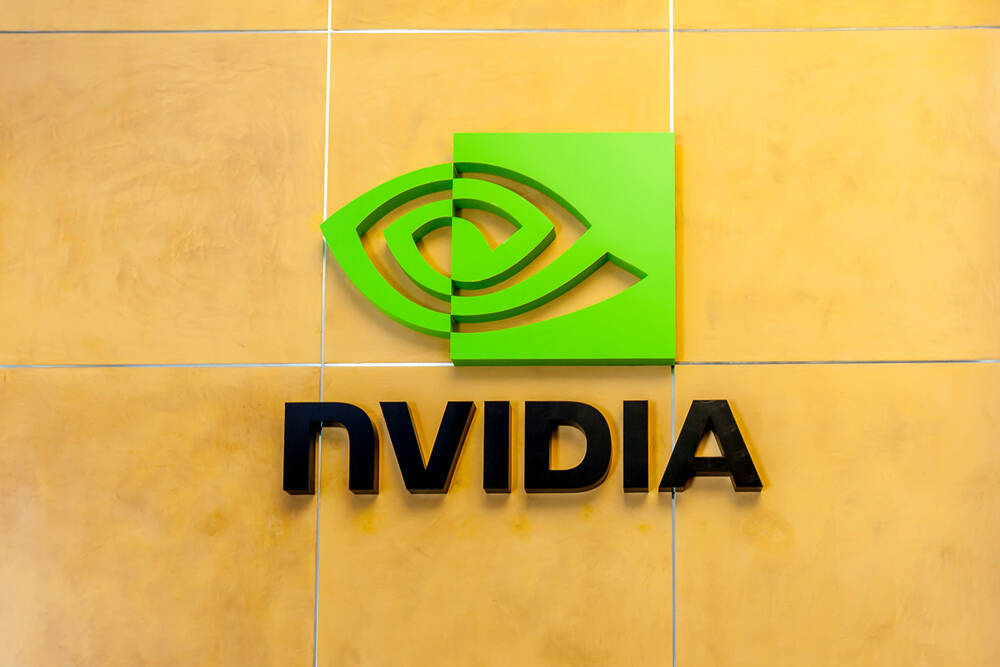Nvidia Revenue Explodes, Led By Datacenter Products And … InfiniBand?

Nvidia has revealed it tripled revenue, year-over-year, for the third quarter of its financial year.
Revenue as measured using generally accepted accounting principles landed at $18.1 billion – 206 percent growth compared to the $5.9 billion it recorded for the same quarter in 2022 and a 34 percent jump on the $13.5 billion it won in Q2.
Net income of $9.2 billion was up 1,259 percent compared to Q3 2022's $680 million.
Revenue from Compute & Networking products reached $14.65 billion, representing 248 percent year-on-year growth. InfiniBand sales increased "fivefold" and Nvidia's networking biz hit a $10 billion annual run rate.
Gaming sales rose a mere 84 percent, trailing 108 percent growth at Nvidia's professional visualization segment. Automotive business stalled, recording just four percent growth and $261 million of revenue.
The huge growth detailed above was attributed largely to enthusiasm for AI, with hyperscale clients buying up big and enterprises acquiring plenty of kit to get their own models moving. Nvida execs talked up the firm's recently revealed plans to offer an AI foundry that helps other tech companies to bring their own AI services to market, and enthused about the move into Ethernet giving the networking business more room to grow.
Execs said the Nvidia supply chain is largely free of kinks, so new-ish products like the Grace and Grace Hopper superchips are "in full production and ramping into a new multi-billion dollar product line next year."
Yet Q4 revenue was forecast at $20 billion, plus or minus two percent. You may notice that is not the same pace of growth that Nvidia just posted.
A big red cloud appears to be the reason.
CFO Colette Kress's commentary [PDF] on the quarterly results noted the US's latest round of tech export restrictions mean Nvidia can't sell some of its kit to China.
"These licensing requirements did not have a meaningful impact on our revenue in the third quarter of fiscal 2024 as they were announced near the end of the fiscal quarter and we had additional demand from customers outside of the named country groups," she wrote.
But she also noted that 20 to 25 percent of Nvidia's datacenter revenue comes from China and other sanctioned nations.
"We expect that our sales to these destinations will decline significantly in the fourth quarter of fiscal 2024, though we believe the decline will be more than offset by strong growth in other regions," she added.
Nvidia's Form 10-Q [PDF] reveals that sales in China grew faster than elsewhere, going from $1.15 billion in Q2 2022 to $4.08 billion in Q2 2023.
Curiously, revenue from the tiny city state of Singapore grew even faster – from $562 million in 2022 to $2.7 billion in 2023. We asked Nvidia's investor relations team to explain the jump and were first told the business doesn't break out individual country numbers. Then we pointed out the line item for Singapore in the Form 10-Q, at which point we were told no further commentary is available.
The Register wonders if Nvidia has moved some ops to Singapore's low-tax environment. Or perhaps giant contract manufacturer Flextronics – which is known to make servers for hyperscalers – bought up big to deliver kit to its cloudy customers.
- Nvidia intros the 'SuperNIC' – it's like a SmartNIC, DPU or IPU, but more super
- Cerebras CEO puts Nvidia on blast for 'arming' China with top-tier GPUs
- HPE and Nvidia offer 'turnkey' supercomputer for AI training
- Developing AI models or giant GPU clusters? Uncle Sam would like a word
Overall, however, Nvidia execs were bullish.
President and CEO Jensen Huang shared a vision in which copilots and AI assistants proliferate and generative AI brings us "text-to-text, text-to-image, text-to-video, text-to-3D, text-to-protein, text-to-chemicals."
The last two look like early candidates for 2024's Words Of The Year. Or maybe the Ig Nobel prize?
"We'll connect all of these copilots and assistants into teams of AIs, which is going to be the modern version of software, modern version of enterprise business software," Huang opined, adding that making it happen will require vast hardware spend and huge software development efforts.
All of which Nvidia can supply, or assist.
Among all the huge numbers above, one stands out to The Register: the $10 billion annual run rate for networking sales. It's almost double the annual revenue earned by both Arista and Juniper Networks, which are established giants of the field.
Huang likes to paint Nvidia as the rising giant of enterprise computing. Its networking results suggest he may be right. With $38 billion of revenue already banked in FY23, and another $20 billion expected, it will leave the year far bigger than HPE and ahead of Cisco – albeit with around $10 billion of gaming revenue propping it up. ®
From Chip War To Cloud War: The Next Frontier In Global Tech Competition
The global chip war, characterized by intense competition among nations and corporations for supremacy in semiconductor ... Read more
The High Stakes Of Tech Regulation: Security Risks And Market Dynamics
The influence of tech giants in the global economy continues to grow, raising crucial questions about how to balance sec... Read more
The Tyranny Of Instagram Interiors: Why It's Time To Break Free From Algorithm-Driven Aesthetics
Instagram has become a dominant force in shaping interior design trends, offering a seemingly endless stream of inspirat... Read more
The Data Crunch In AI: Strategies For Sustainability
Exploring solutions to the imminent exhaustion of internet data for AI training.As the artificial intelligence (AI) indu... Read more
Google Abandons Four-Year Effort To Remove Cookies From Chrome Browser
After four years of dedicated effort, Google has decided to abandon its plan to remove third-party cookies from its Chro... Read more
LinkedIn Embraces AI And Gamification To Drive User Engagement And Revenue
In an effort to tackle slowing revenue growth and enhance user engagement, LinkedIn is turning to artificial intelligenc... Read more

